Horten Ho 229 Flying Wing
Production Time 9 to 10 weeks
Shipment is by FedEx, UPS or DHL International Express Courier with a normal door-to-door delivery time worldwide of within 2-3 business days after dispatch. Due to the current volatility of world fuel prices, the amount mentioned here is our best estimate for DHL and UPS and may be subject to change at the time of shipping.

Model Description: Horten Ho 229 Flying Wing Wood Replica Scale Custom Jet Model
Manufacturer: Horten
Wingspan: 17 Inches (43.2 Centimeters)
Height: 2.8 Inches (7.1 Centimeters)
Scale: 1:39
$239.50
Production Time 9 to 10 weeks
-
United States dollar ($)
-
Pound sterling (£)
-
Euro (€)
-
Australian dollar ($)
-
Canadian dollar ($)
-
Singapore dollar ($)
-
Swiss franc (CHF)
-
Japanese yen (¥)
-
Danish krone (kr.)
-
Hong Kong dollar ($)
-
Norwegian krone (kr)
-
Swedish krona (kr)
-
United Arab Emirates dirham (د.إ)
General Product Description
Our PlaneArt Horten Ho 229 Flying Wing model exhibits unique, unrivaled quality and detailed design to come as close as possible to the accuracy of the actual plane. It comes as standard with a robust, durable base or stand which is available in a variety of different finishes designed to match your own personal requirements including solid wood, wood with polished metal supports or adjustable wood wall mount and will be ready within about 9-10 weeks from placement of order.
The Horten Ho 229 Flying Wing model is made of the finest kiln dried renewable mahogany wood (commonly known as Lauan or Meranti) which has undergone many stages of carving and meticulous and careful sanding giving the beautiful, finished museum quality masterpiece. Many collectors and model connoisseurs demonstrate their preference for genuine handmade and hand painted mahogany wood models rather than plastic or die cast (diecast) alternatives due to the overall look and totally different feel of the item - we trust you will find the same. We can however, if required produce the same model in Solid Cast Resin so just click and contact us for further information. Our craftsmen and gifted artisans ensure that our finely handcrafted model airplanes match the precise blueprint details of the original aircraft. The paint scheme, markings and parts are closely matched, reflecting the original aircraft. This stylish top-quality desktop replica model will surely enthrall anyone who receives this as a gift and for sure one of the most appropriate and desirably collectable gifts for any aviation enthusiast or avid military jet aircraft collector whilst also displaying a perfect resemblance to the actual real life version.
There are many types of military jet aircraft, but the basic types are bombers, fighters, fighter bombers, spotter planes, transporters, patrol aircraft, trainers, and reconnaissance and observation aircraft. All these types of aircraft are used for different types of missions. If you're a fan of historic or present-day military aviation, our model aircraft will bring the excitement and character of these aircraft right into your own home.
If you require, we can also make the Horten Ho 229 Flying Wing model in any other military, government or even private livery or colour scheme you require and if necessary, in a different size or scale. Just click here to contact us with a description or photographs of what you require, and we will let you have a quotation for the necessary customization by return email. We can also make bespoke scale replicas of any other private / civil commercial airliner or airliners, helicopter, glider, gliders with engines, military propeller, warplane jets, biplane, triplane, tail fin, spacecraft, rocket or NASA model you require in any airline, military or civilian livery or colors. We also produce model airships, blimps, dirigibles, blimps, boats, and ship collectibles. Wall plaque or seal for military, government or private customers. Again, by clicking here to contact us just let us know exactly what you need.
Horten Ho 229: A Revolutionary Flying Wing
In the annals of aviation history, few aircraft designs evoke as much intrigue and fascination as the Horten Ho 229. This pioneering flying wing, developed by the Horten brothers in Nazi Germany during World War II, represented a leap forward in aeronautical engineering and stealth technology. Despite its brief and somewhat enigmatic operational history, the Horten Ho 229 remains a testament to the ingenuity and innovation of its creators. Let’s delve into the technical specifications and the remarkable story behind this groundbreaking aircraft.
Genesis of the Horten Ho 229:
The roots of the Horten Ho 229 trace back to the fertile soil of Germany’s pre-war gliding movement. Brothers Walter and Reimar Horten, inspired by the efficiency of bird wings, began experimenting with flying wing designs as early as the 1930s. Their quest for an aircraft that combined superior aerodynamic performance with reduced drag culminated in the development of the Ho 229.
Technical Specifications:
- Dimensions:
- Wingspan: 16.76 meters (55 feet)
- Length: 7.47 meters (24 feet 6 inches)
- Height: 2.81 meters (9 feet 3 inches)
- Performance:
- Maximum Speed: Approximately 1,000 km/h (620 mph)
- Range: Estimated at 1,900 kilometers (1,180 miles)
- Service Ceiling: 15,000 meters (49,000 feet)
- Powerplant:
- Initially designed to be powered by two Junkers Jumo 004B turbojet engines, each providing 900 kgf (1,980 lbf) of thrust.
- Armament:
- Intended armament included forward-facing MK 108 30mm cannons and R4M rockets for air-to-air combat. However, none were installed in the prototypes.
- Stealth Features:
- The Horten Ho 229 incorporated several stealthy design elements for its time, including a jet-powered flying wing configuration with a smooth, blended wing-body shape. This design minimized radar cross-section, making it difficult for enemy radar to detect.
- Construction:
- The aircraft featured a wooden airframe, primarily constructed from plywood and molded plywood skins, with some sections reinforced with steel and light alloys. This choice of materials was driven by wartime shortages of strategic metals like aluminum.
- Operational History:
- While prototypes of the Horten Ho 229 were built and tested, the aircraft never saw combat during World War II. It was intended for use as a bomber and reconnaissance aircraft, offering the potential for high-speed, long-range missions with reduced vulnerability to enemy radar detection.
- The war ended before the Ho 229 could enter mass production, and only a few prototypes were completed. However, its design principles and technological innovations would later influence future generations of aircraft, particularly in the realm of stealth technology.
Legacy and Influence:
Despite its limited operational history, the Horten Ho 229 left an indelible mark on aviation history. Its radical design challenged conventional notions of aircraft configuration and inspired subsequent generations of engineers and designers. The principles of stealth and aerodynamic efficiency embodied by the Ho 229 would find expression in later aircraft such as the Northrop B-2 Spirit stealth bomber and the Lockheed Martin F-117 Nighthawk.
Conclusion:
The Horten Ho 229 stands as a testament to the vision and technical prowess of its creators, the Horten brothers. While its wartime role was curtailed by the exigencies of history, its innovative design and pioneering use of stealth technology continue to captivate aviation enthusiasts and historians alike. As we look back on the legacy of this remarkable aircraft, we are reminded of the power of human ingenuity to push the boundaries of what is possible in the realm of flight.
| Weight | 6 kg |
|---|---|
| Dimensions | 7.6 × 17 × 2.8 in |

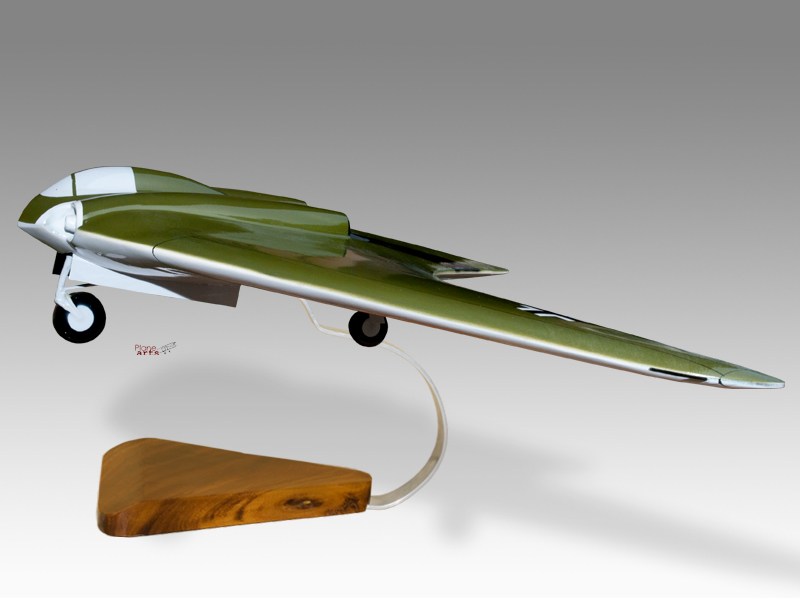
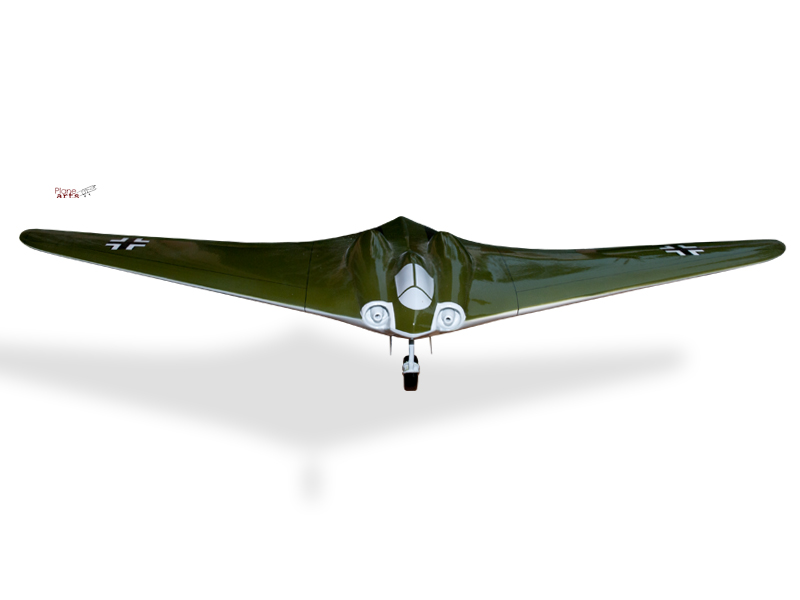
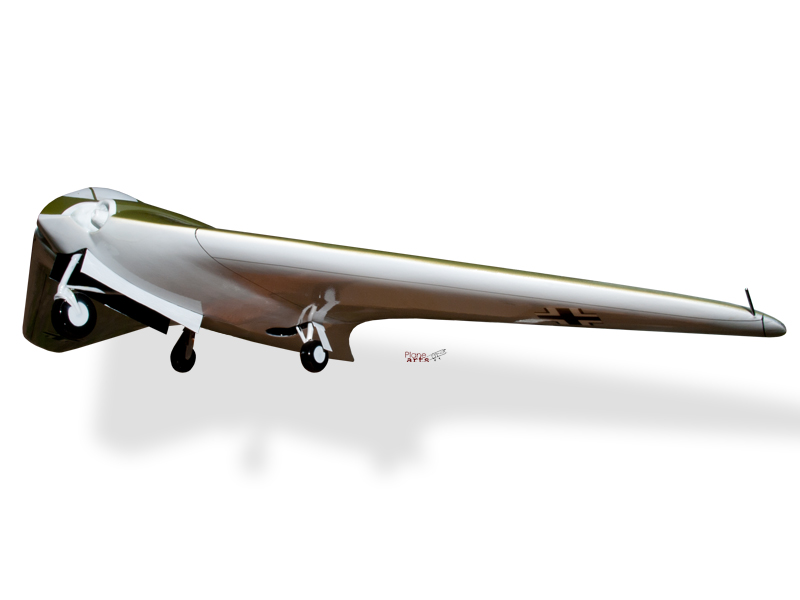
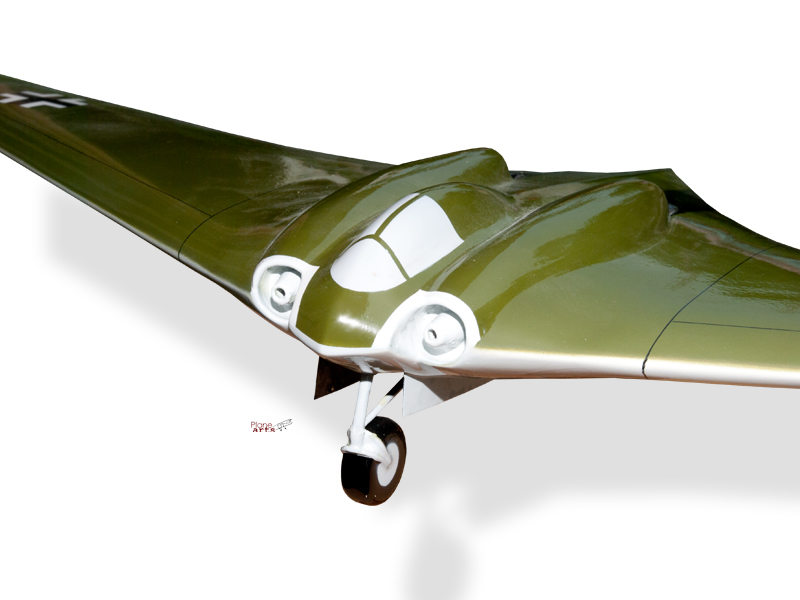
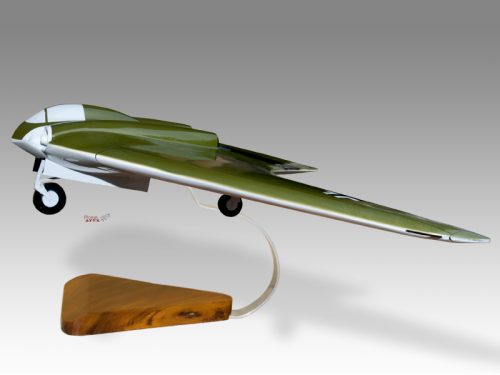

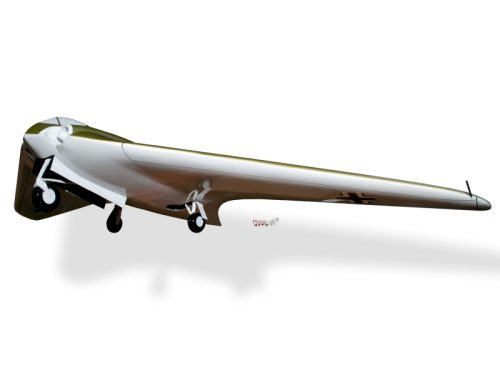
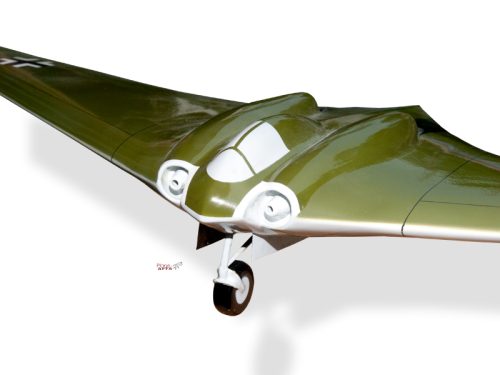
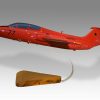
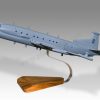
Reviews
There are no reviews yet.